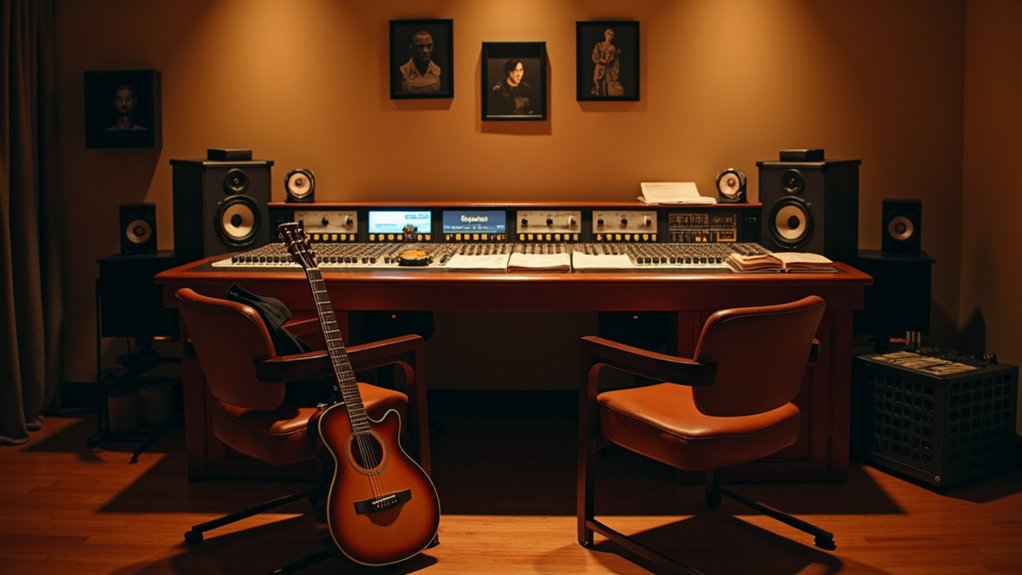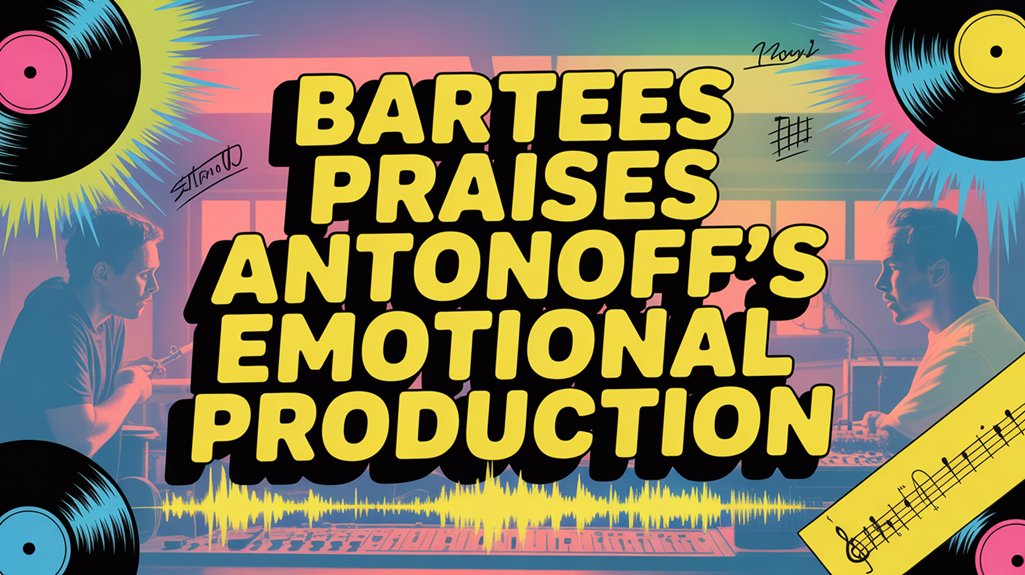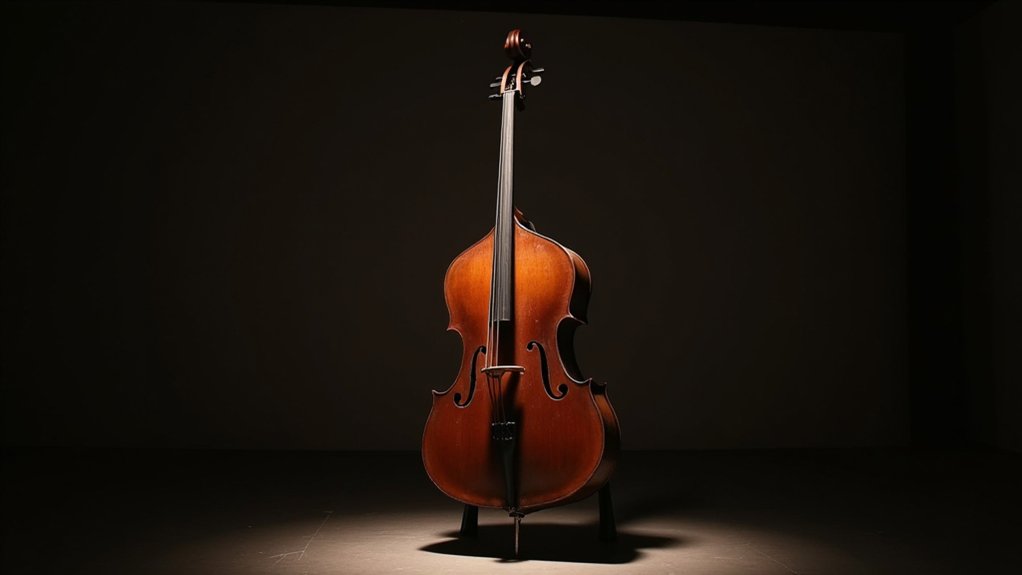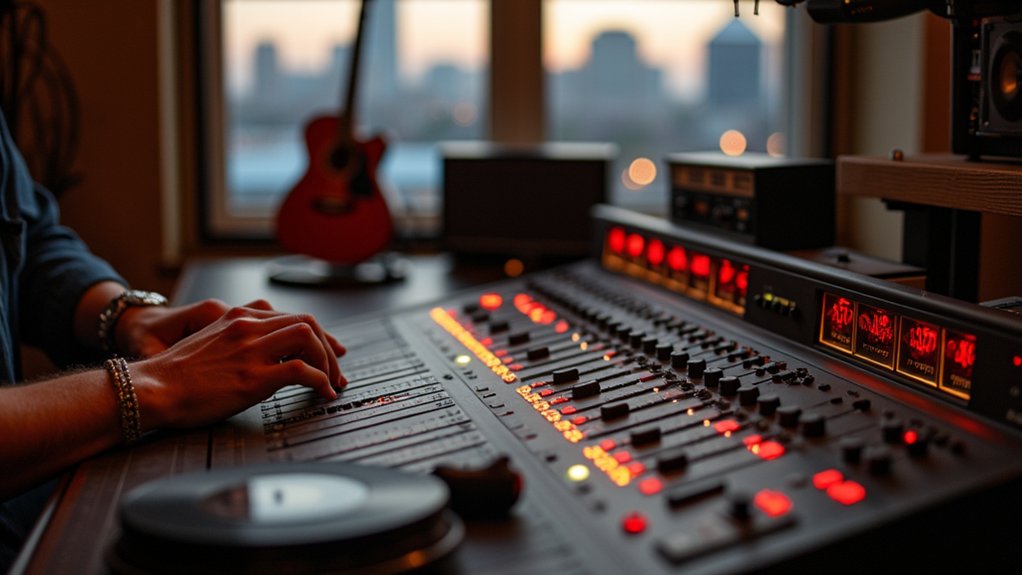In the evolving landscape of modern music production, the collaboration between indie artist Bartees Strange and acclaimed producer Jack Antonoff has emerged as a demonstration of the power of creative partnership. Their work together on Strange’s album “Horror” extended over an additional 8-9 months beyond the original timeline, a period that transformed not just the record but also cemented a meaningful creative bond between the two musicians.
Antonoff’s approach to production, which Strange likens to that of a skilled tradesman rather than a flashy virtuoso, centers on practical problem-solving and meticulous attention to detail. The producer arrives early to sessions, sets up equipment, and creates an environment where experimentation thrives without judgment or pretension.
Jack works like a carpenter, building safe spaces for musicians to experiment with their wildest ideas.
This methodology, characterized by hard work rather than ego, has become Antonoff’s signature in an industry often dominated by personalities rather than processes.
What distinguishes Antonoff in Strange’s estimation is his unparalleled ability to craft emotional resonance within music. Through subtle production techniques and a focus on vulnerability, Antonoff creates intimate sonic landscapes that allow artists to express their authentic experiences. Much like vocalists who practice proper diaphragm breathing to enhance their emotional delivery, Antonoff’s production techniques help artists channel their feelings with greater control and impact.
For Strange, a queer Black musician exploring themes of identity and fear, this emotional craftsmanship proved essential to the album’s development, enabling him to take creative risks he might otherwise have avoided.
The collaboration transcended professional boundaries as it evolved into a genuine friendship built on mutual respect and trust. Their initial connection began when they met at a festival while waiting in line for food, sparking a professional relationship that would profoundly shape Strange’s artistic journey. Antonoff’s humble presence in the studio—never dominating but always contributing—created space for Strange’s own musical confidence to flourish.
Under Antonoff’s guidance, Strange was able to push beyond his comfort zones while maintaining the raw authenticity that defines his work. Similar to how guitarists benefit from structured practice routines that gradually build technical proficiency, Strange’s artistic development under Antonoff followed a methodical yet organic progression. The pair worked extensively on refining tracks like “Too Much,” where Antonoff helped incorporate unique sound elements that elevated the song to its final form.
Critics have responded positively to the resulting album, which successfully balances polish with emotional rawness. The partnership between Strange and Antonoff illustrates how production at its best doesn’t overshadow an artist’s voice but rather elevates it, creating music that resonates on both technical and emotional levels.




